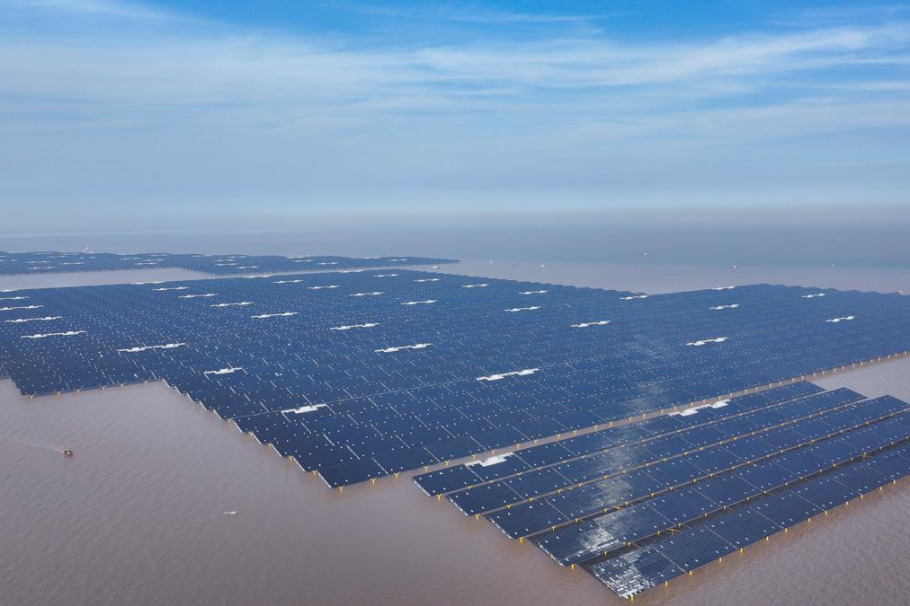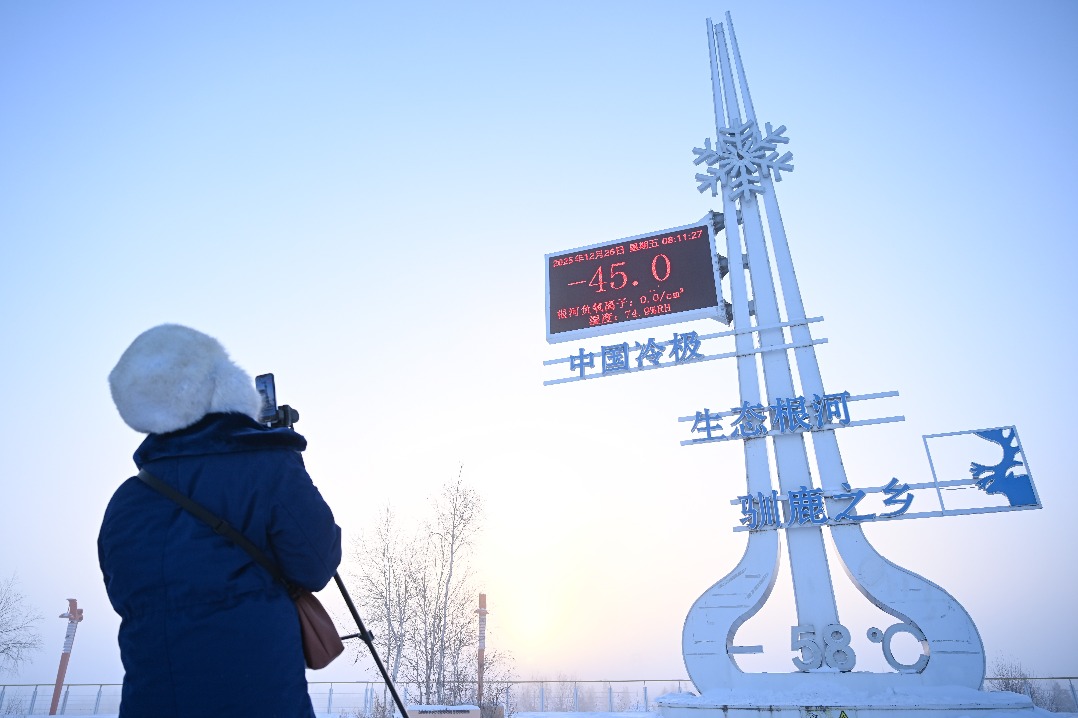Museum needs far more space


Editor's note: China Daily reporters recall events or stories from the past year that have stayed in their thoughts.
As a reporter covering China's space programs, I have a Lunar New Year plea for the Beijing Municipal People's Government: please give the China Space Museum a bigger, nicer venue.
In November last year, the China Academy of Launch Vehicle Technology, the nation's biggest manufacturer of carrier rockets and the museum's owner, invited me to attend the reopening ceremony of the facility and be given a guided tour.
I had visited the museum several times before it was relocated last year.
The old version was in the strictly guarded China Academy of Launch Vehicle Technology complex in a southern Beijing suburb. It was small and in poor condition, which was understandable because the building was constructed 30 years ago.
Built and opened to the public in 1992, it was China's oldest museum dedicated to the space industry and spaceflight.
Media communication officers at the academy had told me that the museum's development was tremendously restricted by its location and internal space, and that the academy's leaders and the museum had been striving to find a new venue for it.
So, when one of them told me over the phone that the renovation work had finished at the relocated museum and invited me to become one of the first visitors of the new premises, I was happy to accept the invitation and looked forward to seeing it.
Sitting in a minibus carrying reporters to the museum, I visualized a much bigger, fancier facility, filled with the carrier rockets, satellites and spaceships I had written about many times. I was also thinking about bringing my daughter to visit, because the 4-year-old is already a fan of aircraft and spacecraft.
I was a little frustrated when I saw the new museum as it is still small and located on a typical old-fashioned street dotted with unimpressive eateries and shops.
Inside, it appeared crowded when the guides showed us, their guests, around.
Most of the spaceflight-related exhibits such as rockets and satellites — as a matter of fact, there are not so many of them — are scale models rather than the real thing.
I am not writing this to complain or express disappointment: I know that the employees of the rocket academy and the museum have tried their utmost to make the best use of the space allocated to them, and they have carefully designed the exhibition areas and visitor routes.
They also spent a lot of time and energy collecting a large number of precious historical documents from institutes, universities and enterprises.
They even set up a scale model of the Wenchang Space Launch Center's launching structure that contains many moving parts to show visitors how a Long March 5 heavy-lift rocket is moved from its assembly tower to the service tower and then launched.
In short, they definitely spared no efforts to make the museum as beautiful, informative and attractive as possible.
What I am trying to say is: no matter how hard the museum workers try, they just cannot defy physical laws and reality because it is impossible to fit real rockets, satellites and spaceships in the limited room they have. Furthermore, the museum is only able to receive a modest number of visitors every day — should they be willing to come to the southern suburb from downtown.
In recent years, China has sent a robot to the far side of the moon in a world first, and has placed a rover on Mars in the country's first interplanetary adventure.
The nation has also constructed a large space station that is expected to orbit the Earth for at least a decade.
All of these technological and engineering marvels testify to China's achievements in space exploration and its rise in the global space arena.
These feats deserve wide, in-depth coverage, (which is the duty of reporters like myself) and decent places and panoramic displays at any given museum, especially the China Space Museum.
"We are terribly sorry, but we really don't have enough space for these new programs." I would hate to see such a scenario become a reality.
Our space authorities have continuously spoken about promoting knowledge and the culture of space exploration among youngsters.
Then, please start by allotting a larger, more convenient place for the China Space Museum, and let's build it into China's answer to the Smithsonian's National Air and Space Museum.
zhaolei@chinadaily.com.cn
- Smart vertical farming takes off in Chengdu
- China's military 'mindful' of ties that bind mainland and Taiwan
- PLA conducts drills on assault against maritime targets to the southeast of Taiwan
- Guangdong cities host concurrent marathon events
- China says Philippines hands over kidnapping, murder suspect
- Mainland says PLA drills warn Taiwan independence forces, foreign backers





































